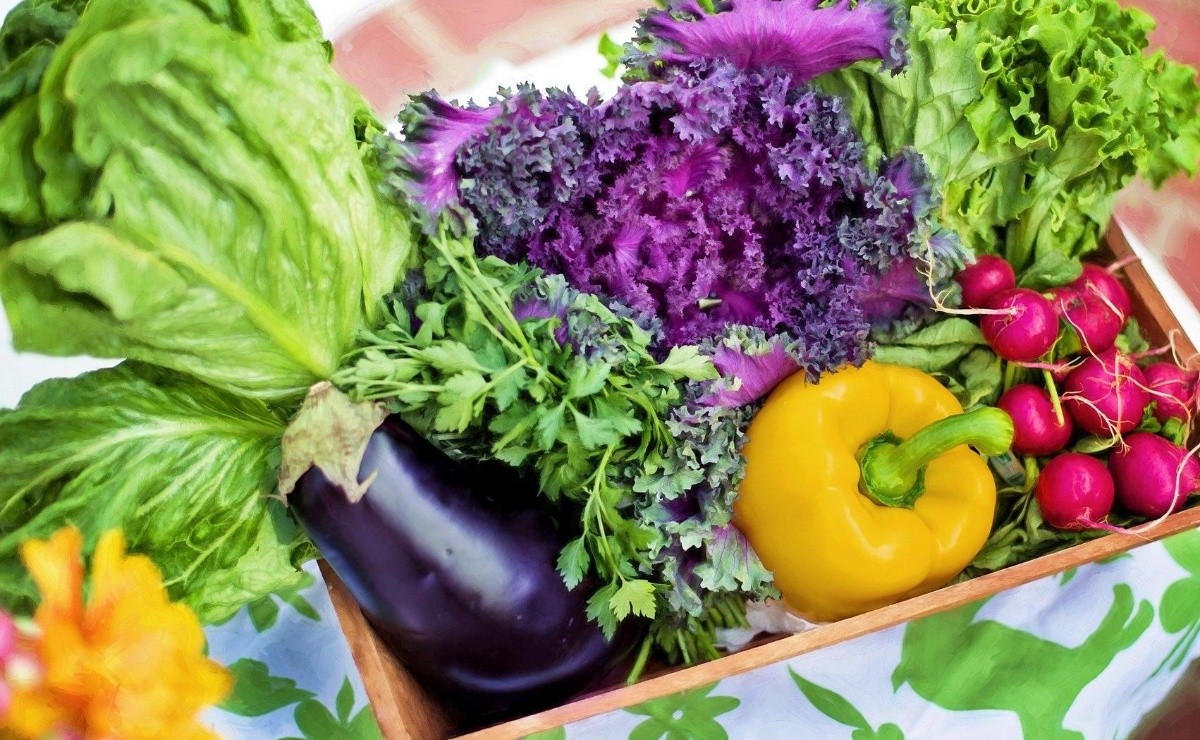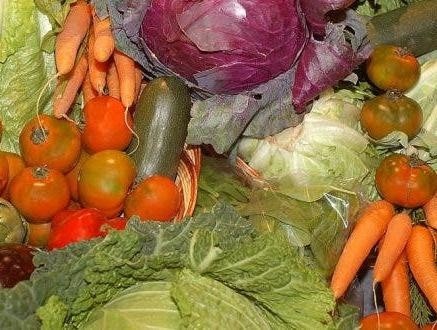
Green leafy vegetables allow a huge variety of culinary uses: raw, in broths, salads, creams, stir-fries, etc. but will they really be effective for humans?
This time we will focus our attention on the nutritional contributions that watercress and other green leafy vegetables provide us, which together with fruit are recommended to be taken daily.
Watercress are young shoots of the cruciferous family such as cabbages or turnip greens. They are grown throughout the year, although the time when they are most tender is autumn and winter. So you are still in the right moment to do it.
Both the leaf and the stem are consumed and its flavor is fresh and spicy, similar to that of mustard. To select the best watercress, it is advisable to choose very green, plump and fresh bunches without damage to the leaves and reject the wilted or yellowish ones.
It may interest you: Foods and substances that are destroying your stomach
"Watercress, like other vegetables, are low in energy and rich in fiber, although the amounts that are usually consumed are relatively small due to their weight-volume ratio," says Laura González, Nestlé’s head of Nutrition and Health.
They are also rich in vitamins such as A, K, C, in folic acid, manganese and provide calcium and potassium.
The expert warns that although those that are marketed are grown in controlled waters "wild watercress that grows in contaminated waters may have parasites that affect the liver or digestive system."
The most common way to consume them is in salads, alone or mixed with other vegetables and dressed with various sauces (the vinaigrette is especially good for them).
Vegetables or greens?
To this question, Laura González explains that vegetables are vegetables whose edible parts are the green parts such as leaves and stems.
However, the term is commonly used to refer to vegetables in general.
The vegetables that are usually found in the market are lettuce, spinach, lamb’s lettuce, watercress or cabbage, among others.

They are foods, in general, with low energy intake and are characterized by being natural sources of potassium, manganese, niacin and vitamins C and K.
Others also stand out for their contribution of vitamin E and folic acid such as chard and spinach.
When storing them, they should not be left at room temperature, as they dehydrate quickly.
“The best storage space is the refrigerator, whole and uncut and in perforated or open bags. The ideal is to consume them before the color of their leaves turns towards yellow ”, recommends the specialist.
Those for raw consumption can be washed, cleaned or centrifuged to be stored in bags or in large and aerated containers to consume in a maximum of 2-3 days.
In the packaged, González indicates that the best indicator is the expiration date, as well as observing its color, hydration or excess humidity.
Culinary uses
Green leafy vegetables provide a wide variety of options to choose from when consuming them.
For example, chard, cabbage or spinach are ingredients in many recipes for legumes and eggs, stews, boiled, omelettes, sauteed, creams or soups.
They can also form part, raw, in salads when their leaves are very tender.
"Regarding the lamb’s lettuce, watercress, arugula and lettuce, they are normally consumed raw as part of salads, although they can be part of cooked dishes such as tortillas, pizas and hot and cold creams", indicates the nutritionist.
Other options such as escarole, turnip greens or endive can be eaten in a salad or cooked and sautéed with other ingredients.
"Turnip greens, in particular, are eaten cooked with potatoes, legumes, broths and meats," he points out.
Some recommendations
To take better advantage of the nutritional value of these green leafy vegetables, it is advisable to avoid storing them for many days in the refrigerator, prefer to consume them fresh and raw or take advantage, if possible, of their outer layers and leaves.
The expert advises cooking techniques that do not require direct contact with water such as steaming, microwave, oven, sautéed, grilled, etc.
"The shorter the cooking time, the less nutrient loss," he says.